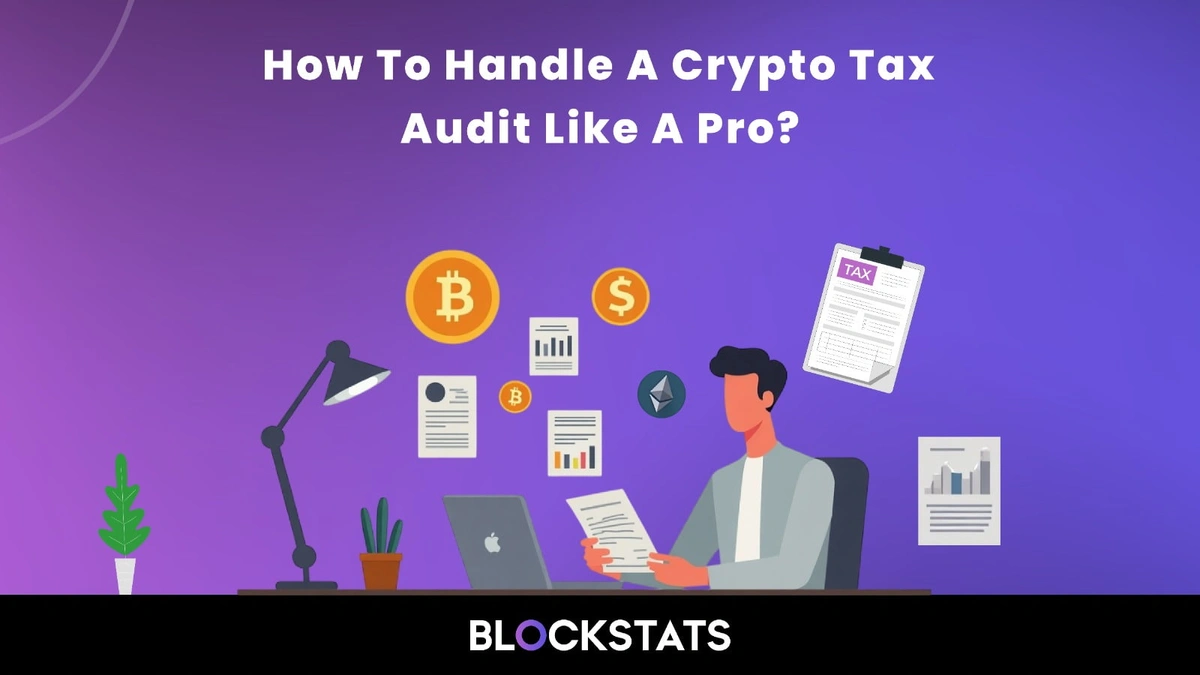How to Handle a Crypto Tax Audit Like a Pro?
The growing adoption of cryptocurrency has caught the attention of tax authorities around the world. With regulations tightening, crypto tax audits are no longer rare, especially for traders with high volume or confidential income. Whether you have received a notice or want to prepare in advance, this guide will help you handle a crypto tax audit like a professional.
What Is a Crypto Tax Audit?
A crypto tax audit is a formal review by your country’s tax authority (such as the IRS in the U.S., HMRC in the U.K., ITD in India, or ATO in Australia) to verify that your reported cryptocurrency income, gains, and losses are accurate and compliant. Tax agencies often flag:
-
Large, unexplained deposits
-
Missing or inconsistent crypto transaction history
-
Unreported staking or mining income
-
Discrepancies in past tax filings
Steps to Handle a Crypto Tax Audit Like a Professional
1. Understand the Scope of the Audit
Start by reading the audit notice carefully, as knowing the scope will help you focus your response. Identify:
-
What tax years are under review?
-
What specific crypto activity is in question?
-
What documents are being requested?
2. Gather All Relevant Records/Documents
Proper documentation is very important during an audit. Ensure you have:
-
Complete transaction history from exchanges and wallets
-
Wallet addresses used during the period
-
Staking, mining, or airdrop reward records
-
Tax reports (such as those from Blockstats or CoinTracker)
-
Bank statements showing fiat conversions
Pro Tip: Tools like Blockstats can help automate transaction aggregation and generate audit-ready reports.
3. Organize Your Transactions Clearly
Create a clean, chronological breakdown of the items below to help tax auditors verify your reporting without confusion.
-
Trades (buy/sell/swap)
-
Transfers between wallets
-
Income from staking, airdrops, NFTs, etc.
-
Cost basis and gain/loss calculations
4. Validate Your Cost Basis and Tax Method
Make sure you have consistently used a recognized tax method like FIFO (First-In, First-Out), LIFO, or HIFO. If your method has changed, document it and explain the reason.
5. Be Transparent and Cooperative
Respond promptly and honestly. If you made mistakes or missed reporting, it is better to disclose them proactively. Auditors are more lenient when you show good faith and attempt to correct errors.
6. Hire a Crypto-Savvy Tax Professional
Crypto taxes can be complex. Hiring a CPA or tax advisor familiar with cryptocurrency can save you from fines or escalation. They can speak the tax authority’s language and guide your response professionally.
7. Keep Everything Documented
Keep a folder (digital or physical) with:
-
All your audit correspondence
-
Copies of submitted documents
-
Backup of your wallet data and tax tools used
8. Learn and Improve Your Recordkeeping
Even if the audit goes well, use the experience to upgrade your crypto tracking:
-
Use tools like Blockstats for real-time compliance
-
Log taxable crypto transactions regularly
-
Maintain backups of all exchange and wallet records
Common Red Flags That Can Trigger a Crypto Audit
-
Failure to report crypto income (staking, mining, airdrops)
-
Discrepancies in fiat-crypto conversions
-
Sudden large deposits from crypto exchanges
-
High trading volume with no declared gains
-
Missing tax forms like 8949 or 1099-B in the U.S.
Ensure a Stress-Free Crypto Tax Audit with Blockstats
Crypto tax audits are serious but manageable with the right preparation and tools. By understanding the audit scope, gathering necessary documentation, utilizing appropriate tools, consulting with qualified professionals, and maintaining transparency, you can turn a stressful situation into a manageable crypto audit process like a pro.
Think of it as a financial health check — and an opportunity to get even better at managing your crypto taxes. Remember, staying informed and proactive is key to successful crypto tax compliance.
